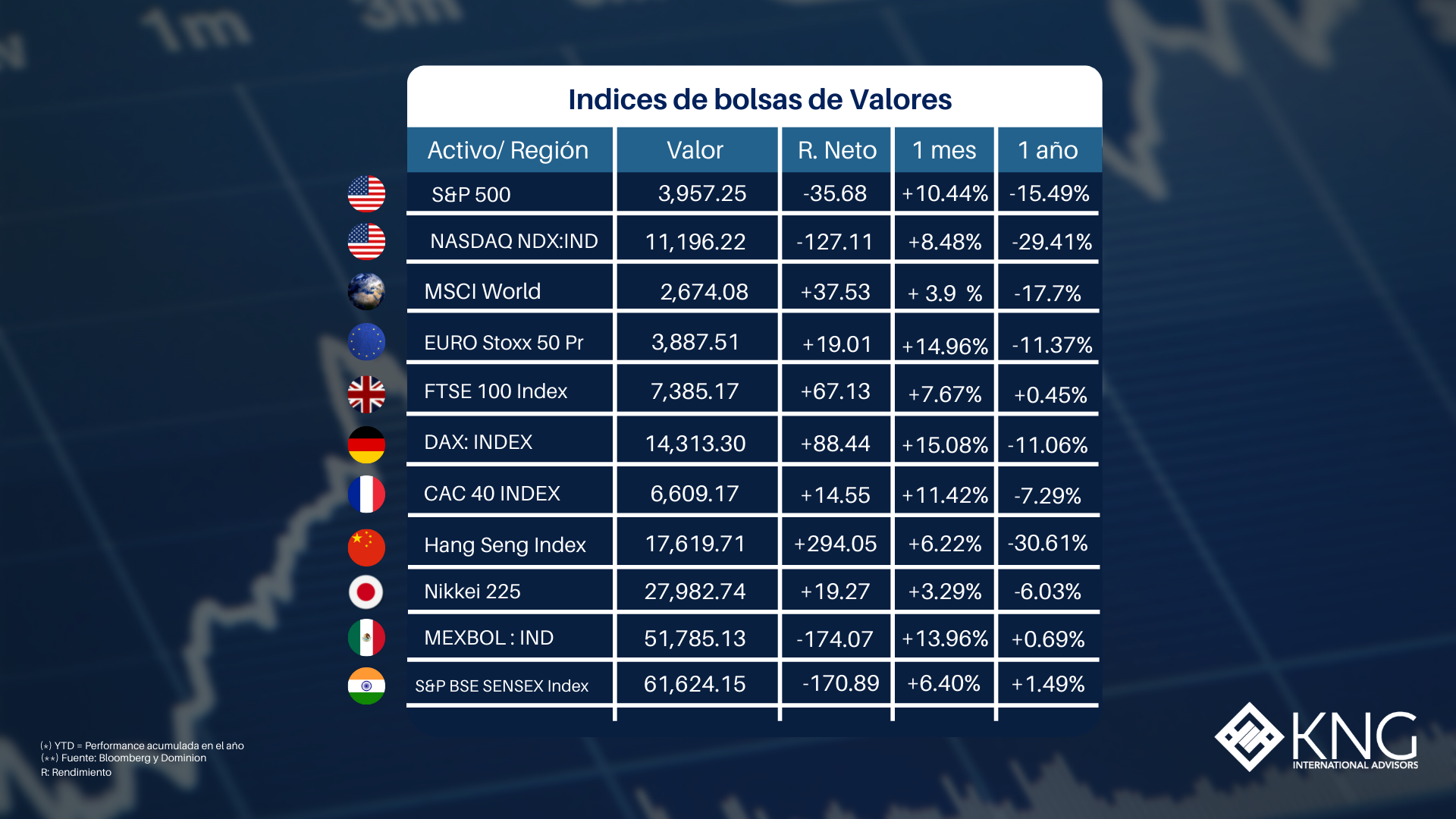Martes 15 de Noviembre del 2022




Investment mistakes
When selecting investments exposed to major growth themes in the economy, one of the mistakes investors make, even many professional ones, is to invest in the most well-known or direct exposures they can find.
For example, by far the most popular way to invest in the electric car revolution over the past five years has been to own Tesla stock, the electric car company pretty much everyone knows. Another example is in climate change mitigation, where renewable energy companies like solar panel manufacturers have been very popular places to invest.
But what's the problem?
The problem with this is twofold: first, it means that the limited number of these investments can become so popular that their share prices rise out of proportion to the quality of the company, and so become overvalued. An overvalued investment is typically going to offer lower long-term investment returns, as investors its our job to find under-valued investments. Second, investing in these more crowded ideas limits the opportunity set for us. Often there are not that many pure-play electric car companies, or wind turbine manufacturers, for example, and so with a limited opportunity set it is difficult to diversify our investments.
How to use the chain to our favour...
A way around this is to do something we at Dominion call, ‘going up the value chain’. In any industry there will be what is known as a ‘value chain’. This is the chain of services and products that supply into an end product. Each stage in the value chain will often be an entire industry in its own right. Let’s use one of our aforementioned examples.
Tesla is a well-known, and quite crowded, way to invest directly in the electric car trend. But Tesla is supplied by many companies who manufacture or own the designs to complex components like battery packs, sensors, even interior products like seats. Then there are the automated robotic systems in Tesla’s factories, then there is the software that those factories run on.
Already we have touched on half-a-dozen separate industries which facilitate the manufacture of electric cars, and in each there are companies we can invest in. If Tesla sells more electric cars, it also demands more of these second-order products, services, and software to produce more of those cars, and so we can still play the same trend, but in a smarter way by going back up the value chain.
Here are some examples:
And we do not have to stop there. Again, continuing our example, we can go back up another step of the value chain. Who supplies the component manufacturers and software suppliers, who themselves supply Tesla and other electric car companies? In this case, there is another set of suppliers who produce, for example, the brushless electric motors that go into the car seat, or who code the software that automotive component suppliers use to design their products.
Again we can invest in these third-order players who still have exposure to growth in electric car demand.
Dominion Capital Strategies
This process can be continued until eventually we reach the other end of the supply chain. In the case of electric cars, this brings us to mines. Literally the mine face of a copper mine, this is where the process starts in the production of an electric car, at the rock face of a mine in Peru, or Indonesia, perhaps Chile, or Mongolia.
The metals we need to produce complex products like an electric car, or a solar panel, or an iPhone for that matter, are primarily produced from mining operations digging this stuff out of the ground and processing it to produce metals like copper, cobalt, nickel, and steel, without which none of the long-term investment trends we and anyone else invests in would be made possible.
In the case of some trends, like electric cars, the input materials like copper and cobalt make up a significant proportion of the cost of production. This means that even at the opposite end of the value chain for their supply, the increase in demand for the end product (electric cars) will also increase demand substantially for the primary product (copper, cobalt).
Then, how do we invest effectively?
This means we can effectively invest in the trend at any stage of the value chain, from car production, to component supply, software services, to mines producing the primary metals. This opens up a much broader array of opportunities in which to take advantage of the trend, and critically also means we have a better chance of finding a means to invest which is less crowded and offers a lower entry-point valuation for us as investors, thus improving our investment returns outlook.
This way of thinking can be repeated across any major investment theme in the global economy. For example, in artificial intelligence or cloud computing, the upfront providers of these complex systems are often big tech names like Alphabet (owner of Google), or Microsoft, and these are fine companies to be sure. We would not turn our noses up at owning them. But once again, we can go back up the value chain.
What infrastructure and components do Alphabet, Microsoft, et al., need to run these cloud and artificial intelligence systems? What about the software needed to design and produce those components? There is an entire universe of businesses doing just those things, critical suppliers to the cloud computing giants, owners of the technologies that power the computers running artificial intelligence algorithms. Once again, by thinking about going up the value chain, we open up a much broader opportunity set for us as investors to play the same trend, but in a much smarter way.
Dominion Capital Strategies
Sources: Bloomberg, Yahoo Finance, Marketwatch, MSCI. Copyright © 2021 Dominion Capital Strategies, all rights reserved.